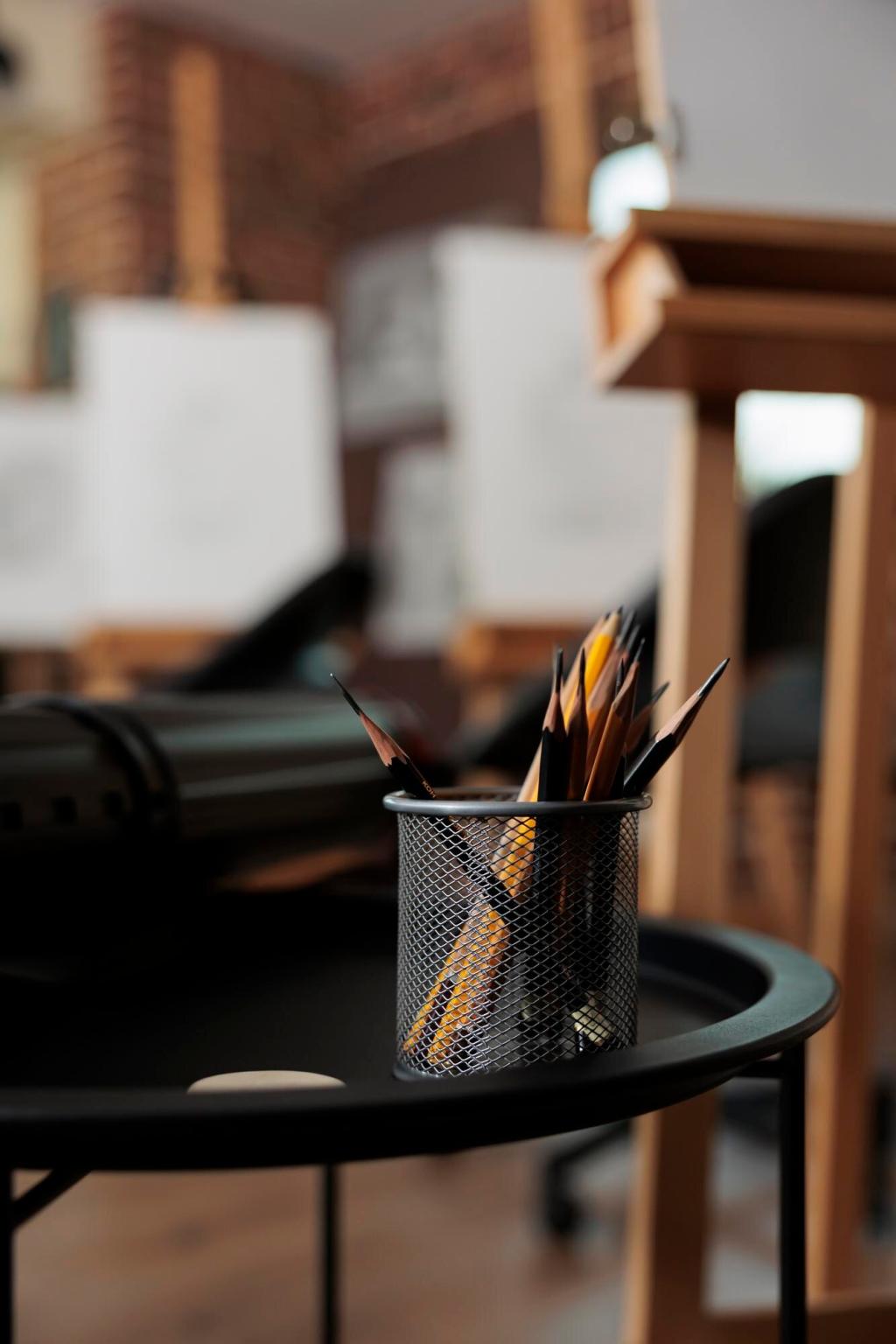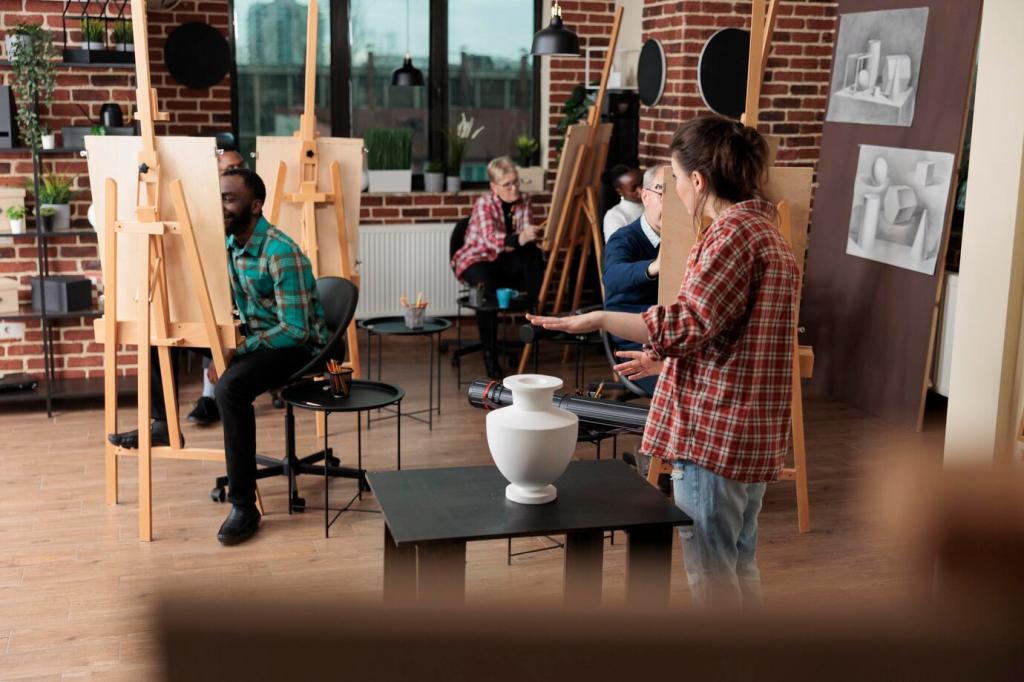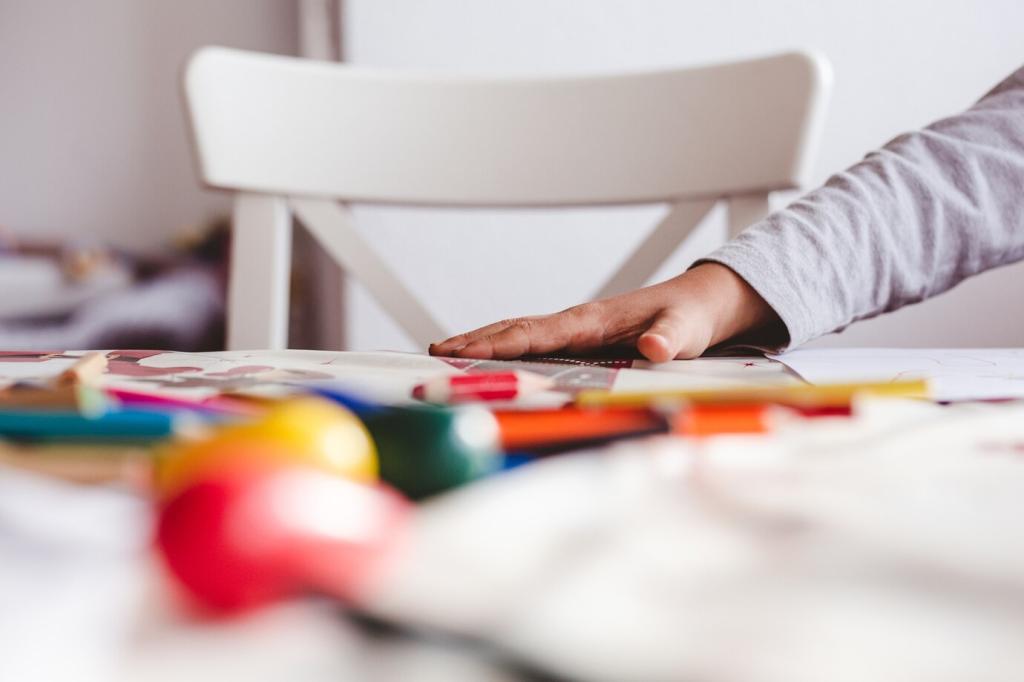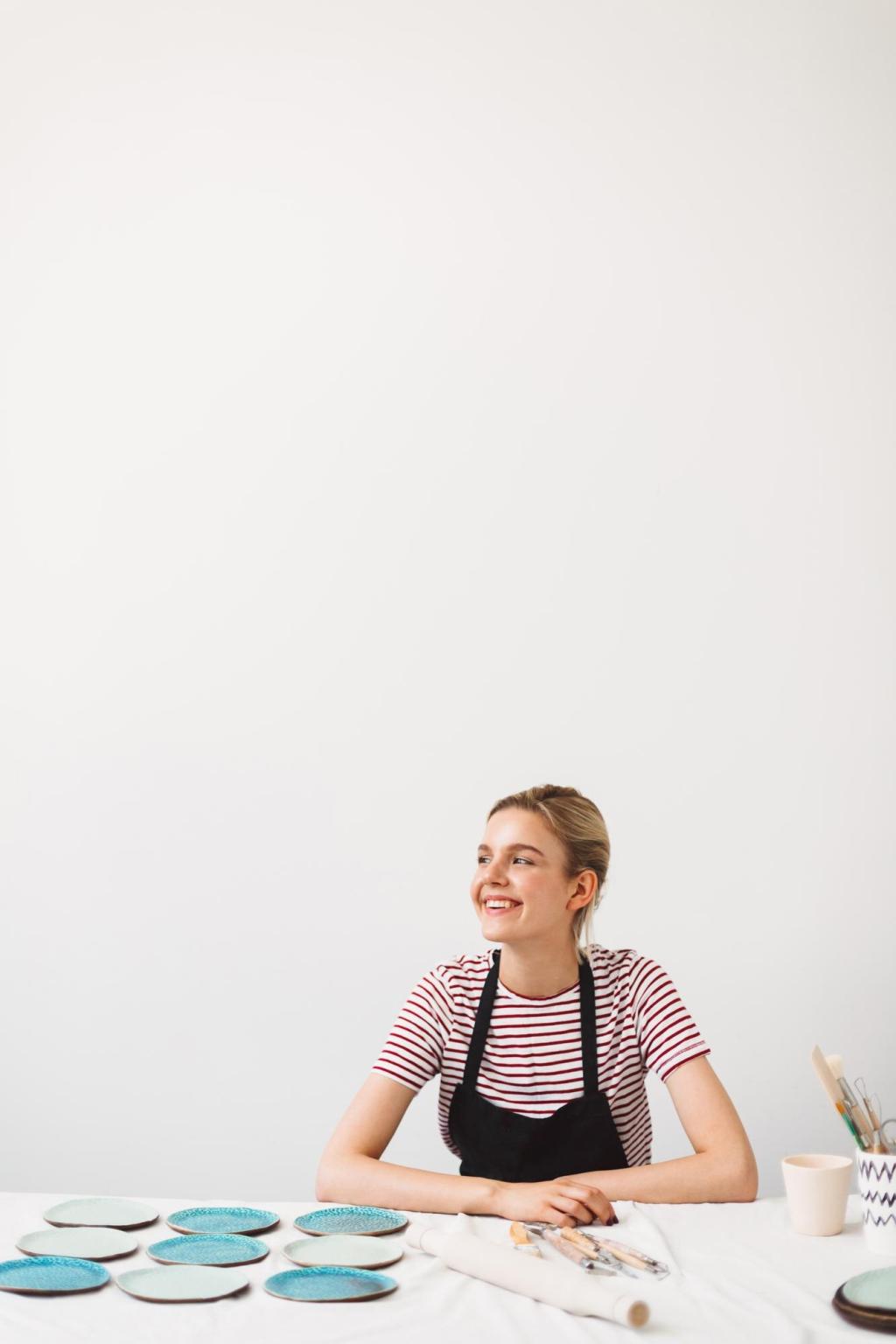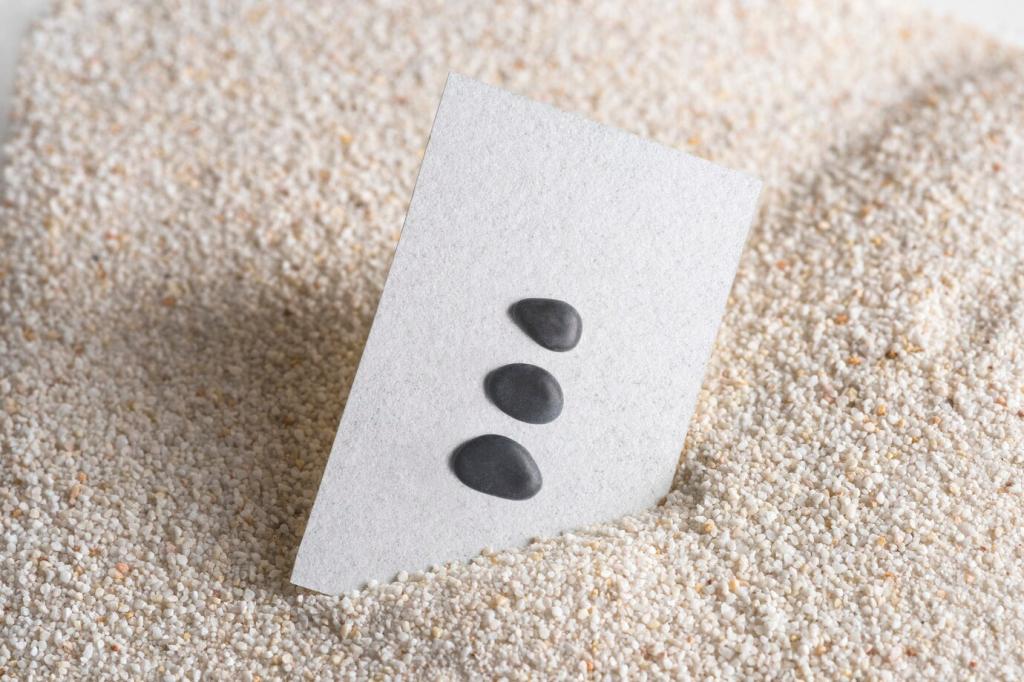Essentials of Minimalist Color: Hue, Value, and Space
In minimalist work, hue plays the supporting role. Choose families that relate—neighboring blues and blue-grays—so forms breathe. Let hue unify, not compete. Share your two-hue experiment in the comments and tell us where a whispering hue improved readability or calm.
Essentials of Minimalist Color: Hue, Value, and Space
Value establishes order faster than any headline. A soft mid-gray beside near-white yields legibility while staying serene. Map your interface or room by value first, then add hue. Post your value map screenshot and tag the toughest area to balance.

